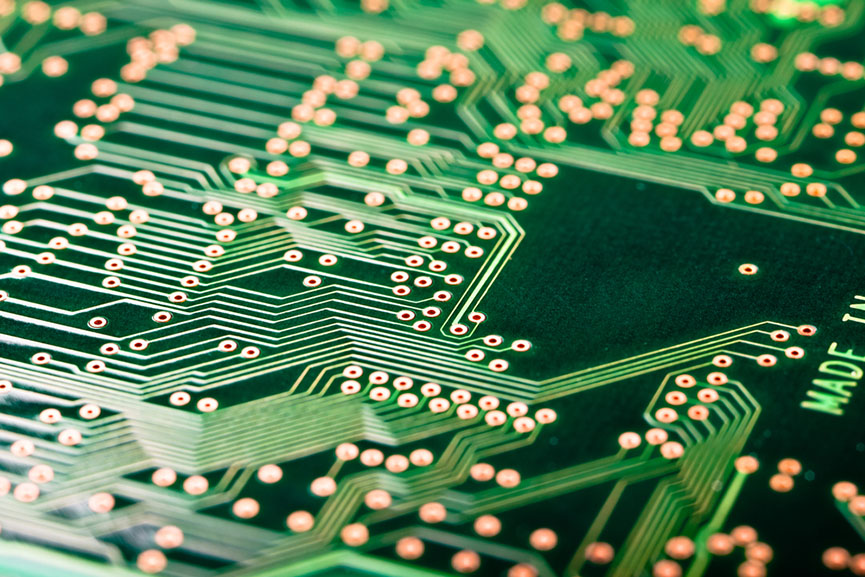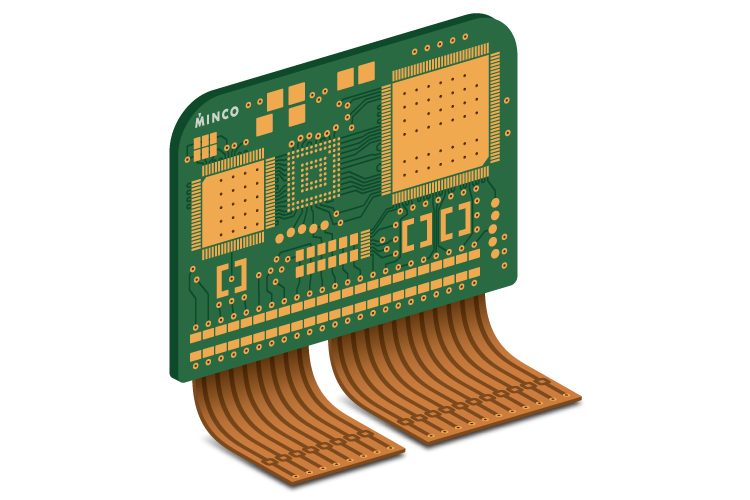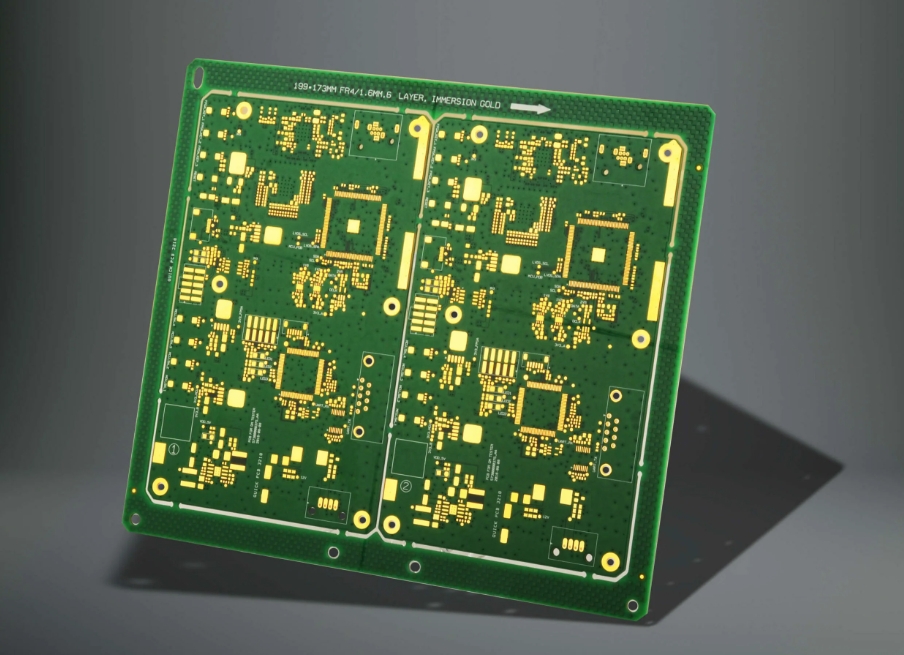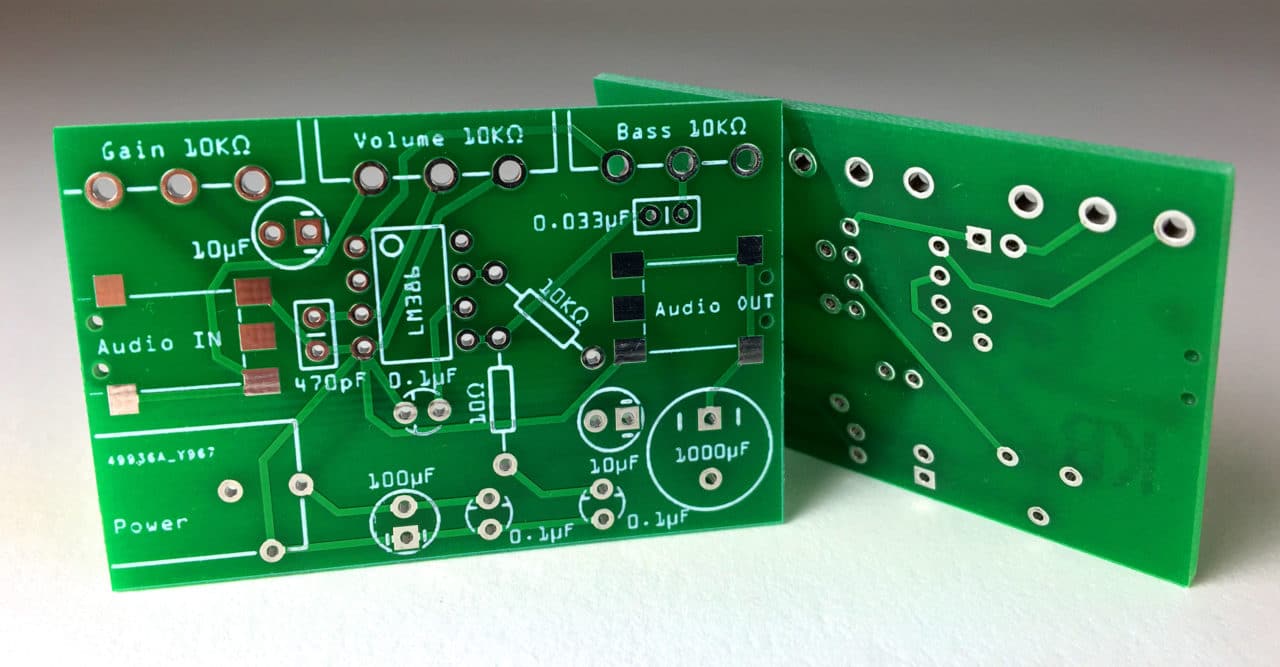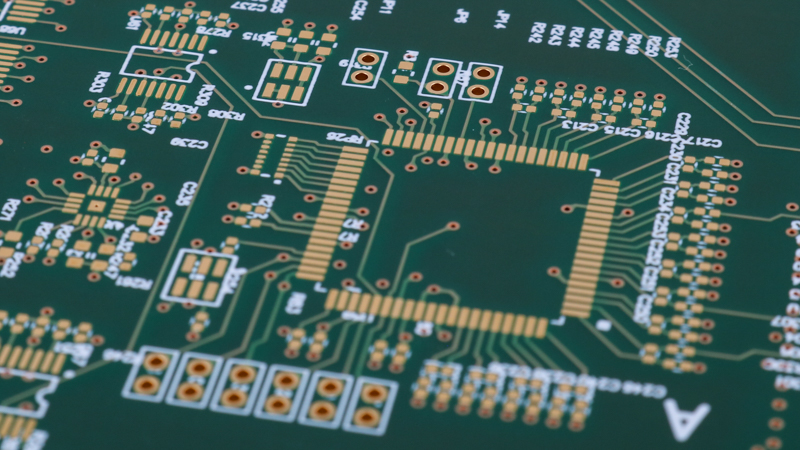Power distribution systems are critical to the performance and reliability of electronic devices, machinery, and networks. As industry demands more energy-efficient systems, the materials used in power distribution components must evolve. Heavy copper PCB is a crucial innovation in this regard, with thicker copper layers that can handle high currents while preventing heat buildup—two critical […]
As the demand for faster, more efficient, and more compact storage solutions continues to grow, manufacturers are constantly innovating in the design of printed circuit boards. An 8-layer SSD PCB is a prime example of how technological advancements have enabled the integration of power and signal layers to improve performance and reliability. This blog post […]
As electronics become smaller, faster, and more advanced, the technology behind them must also evolve. rigid flex boards are a solution to the needs of modern devices, combining the durability of rigid boards with the flexibility of flexible circuits. From wearable devices to aerospace systems, rigid flex PCB offers reliable performance, space-saving designs, and greater efficiency. […]
The rapid development of solid-state drives has made precision engineering a cornerstone of their manufacturing. At the heart of every high-performance SSD is a carefully designed printed circuit board that houses the key components that drive data storage and processing. Ensuring accurate layer alignment is critical to reliability, performance, and durability among the many aspects […]
HDI PCB, the pinnacle of modern electronic design, exudes confidence with its unparalleled performance and adaptability to meet the needs of advanced devices. As the industry gravitates towards compact and feature-rich products, the role of HDI PCBs becomes indispensable and a symbol of high performance. Unlike traditional PCBs, HDI PCBs are characterized by their complex […]
The set-top box PCB is critical to the functionality of a digital media box, providing the circuitry and connections that support television, internet streaming, and digital recording capabilities. For businesses or individuals interested in set-top box versatility, the question often arises: is the set-top box PCB compatible with different set-top box models? This article delves […]
In the dynamic world of electronics, the innovative Rigid-flex PCB and HDI designs are revolutionizing the miniaturization and performance of modern devices. As consumer demands for smaller, more efficient, and more reliable products continue to escalate, the integration of these two groundbreaking technologies has become a pivotal consideration for manufacturers. But the question arises: Can […]
Multilayer FR4 PCBs have become foundational in manufacturing due to their durability, compact size, and ability to handle complex circuit designs. Electronics and aerospace industries rely on FR4-based PCBs for high-efficiency performance in constrained spaces. As the world embraces technological advancements, multilayer FR4 PCBs continue to support innovations and enhance performance across numerous sectors. We […]
As a leading manufacturer specializing in 2 layer HAL PCBs, we often receive questions about component density limitations. Component density is a critical factor in PCB design, determining how many components can be placed within a given area and how effectively these elements can perform together. Here, we explore the limitations of component density on […]
HDI PCB represents the progress of circuit board technology. These circuit boards aim to adapt to complex designs in a compact space, making them very suitable for modern electronics. When discussing HDI PCB, one of the most critical aspects is the HDI layout. This refers to how PCB’s layers, components, vias and traces maximize performance […]





